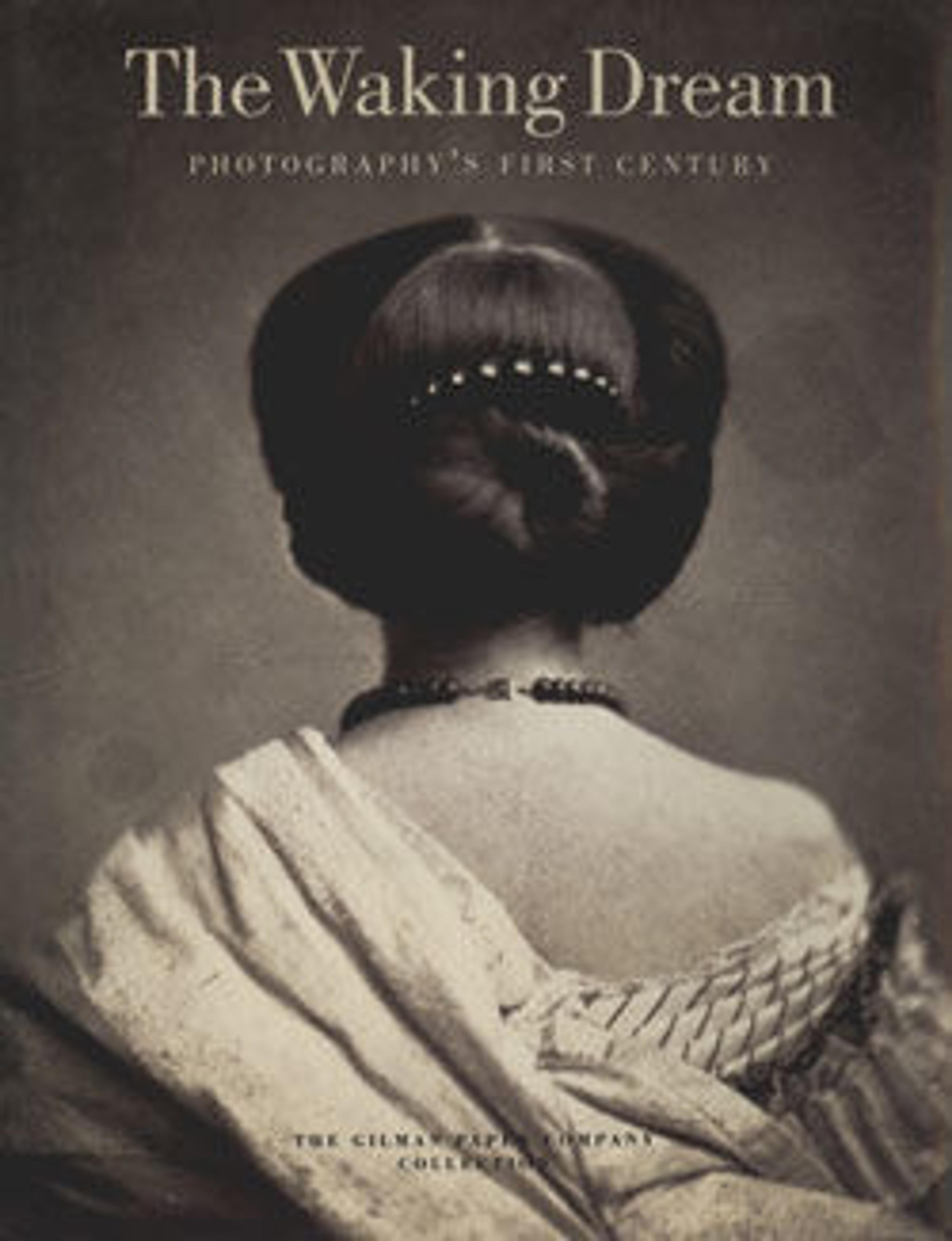Shadow of a Policeman
Gyorgy Kepes began a traditional program of study in painting at the Academy of Fine Arts in Budapest in 1924. Subsequent involvement with Munka, a politically active group of artists and writers, introduced him to avant-garde ideas, leading him in 1928 to reject painting and the Academy in favor of more progressive and socially relevant forms of art, specifically film and photocollage. Seeking advice on opportunities to work as a film maker, Kepes wrote to his fellow countryman László Moholy-Nagy, recently resigned from the Bauhaus in Dessau, who asked him in 1930 to come to Berlin as his assistant. For two years they collaborated on commissions in advertising, graphic design, and stage design. In 1937, Kepes followed Moholy-Nagy to the New Bauhaus in Chicago, where he headed the Light and Color Workshop and continued his own experimentation with photograms, micro- and macrophotography, and the cliché-verre process. His artistic interests were in fact so wide-ranging that he never considered himself primarily a photographer.
While in Berlin, Kepes produced a number of straight photographs, many of which incorporated the dramatic vantage points, shadows, and diagonals characteristic of the new vision. "Shadow of a Policeman" exemplifies this approach, captivating the viewer with its ambiguity: Is the graphic choreography between the poised foot and its shadow a purely formal occurrence or, during this period of mounting economic and political uncertainty, did Kepes intend to suggest imminent menace in his portrayal of the long shadow of the law?
While in Berlin, Kepes produced a number of straight photographs, many of which incorporated the dramatic vantage points, shadows, and diagonals characteristic of the new vision. "Shadow of a Policeman" exemplifies this approach, captivating the viewer with its ambiguity: Is the graphic choreography between the poised foot and its shadow a purely formal occurrence or, during this period of mounting economic and political uncertainty, did Kepes intend to suggest imminent menace in his portrayal of the long shadow of the law?
Artwork Details
- Title:Shadow of a Policeman
- Artist:György Kepes (American (born Hungary), Selyp 1906–2002 Cambridge, Massachusetts)
- Date:1930, printed later
- Medium:Gelatin silver print
- Dimensions:Image: 8.5 x 11 cm (3 3/8 x 4 5/16 in.)
- Classification:Photographs
- Credit Line:Gilman Collection, Purchase, Denise and Andrew Saul Gift, 2005
- Object Number:2005.100.154
- Curatorial Department: Photographs
More Artwork
Research Resources
The Met provides unparalleled resources for research and welcomes an international community of students and scholars. The Met's Open Access API is where creators and researchers can connect to the The Met collection. Open Access data and public domain images are available for unrestricted commercial and noncommercial use without permission or fee.
To request images under copyright and other restrictions, please use this Image Request form.
Feedback
We continue to research and examine historical and cultural context for objects in The Met collection. If you have comments or questions about this object record, please contact us using the form below. The Museum looks forward to receiving your comments.
